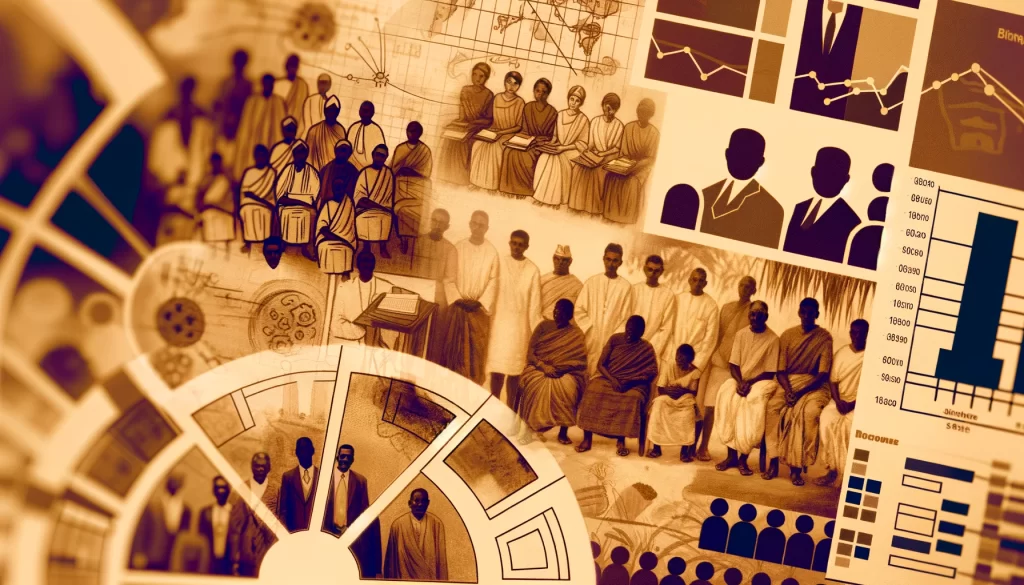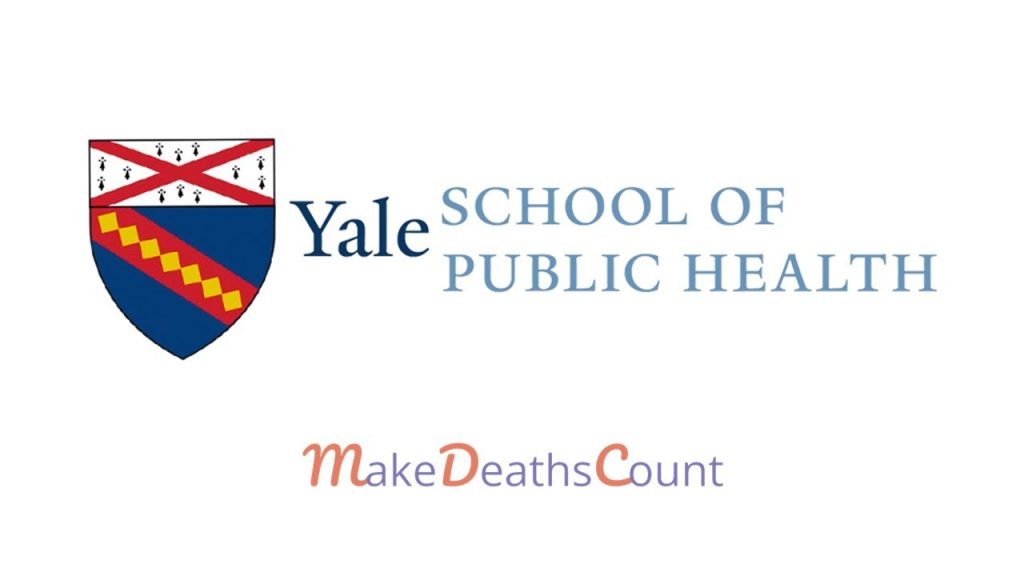
Civil registration and vital statistics (CRVS) systems are fundamental components of national infrastructures, serving as the backbone for health, governance, and child protection advancements. Despite their critical role, over 100 developing countries still lack functioning CRVS systems. This article, inspired by the collaborative work of SDSN TReNDS and Open Data Watch, explores the immense benefits and the pressing need for investment in CRVS systems.
🌍 Global Impact and SDGs Alignment
CRVS systems are pivotal for monitoring 12 of the 17 Sustainable Development Goals (SDGs) and 67 of the 230 SDG indicators. They play a critical role in ensuring human rights and improving public health, education, and governance through reliable data on births, deaths, and other life events.
An estimated 230 million children worldwide remain unregistered, highlighting a significant gap in global CRVS coverage. Investing in CRVS is not just a matter of data; it’s about recognizing and protecting the rights of every individual.
💡 Data Solutions and Milestones
Detailed milestones for developing a functional CRVS system include event registration, certificate issuance, and the generation of vital statistics. These steps are essential for creating policies that respond effectively to the population’s needs.
Research and case studies from countries like Bangladesh, Botswana, and Ethiopia showcase the transformative impact of CRVS investments on society, demonstrating tangible benefits in child protection, healthcare, and governance.
🛡️ Protection and Empowerment
CRVS systems are crucial for protecting vulnerable groups, especially children and women. By ensuring every individual is counted, CRVS systems help combat child labor, trafficking, and other forms of exploitation. They also empower women by recognizing their rights through marriage and divorce registrations.
💰 Investment Needs and Returns
Significant funding is required to achieve universal CRVS coverage. An estimated $220 million annually is needed for 77 of the 100 countries without functioning CRVS systems. However, the return on investment far outweighs the costs, with benefits including improved health outcomes, governance, and gender equality.
🌐 Country Examples and Lessons Learned
Examples from Bangladesh, Botswana, and Ethiopia illustrate successful strategies for improving CRVS access and coverage. These include legal reforms, digital platforms for registration, and targeted initiatives for refugees and marginalized communities.
🚀 Call to Action for Global Collaboration
To realize the full potential of CRVS systems, a concerted effort from governments, international organizations, and civil society is essential. Investing in CRVS is not just a technical challenge; it’s a commitment to human rights and sustainable development.




